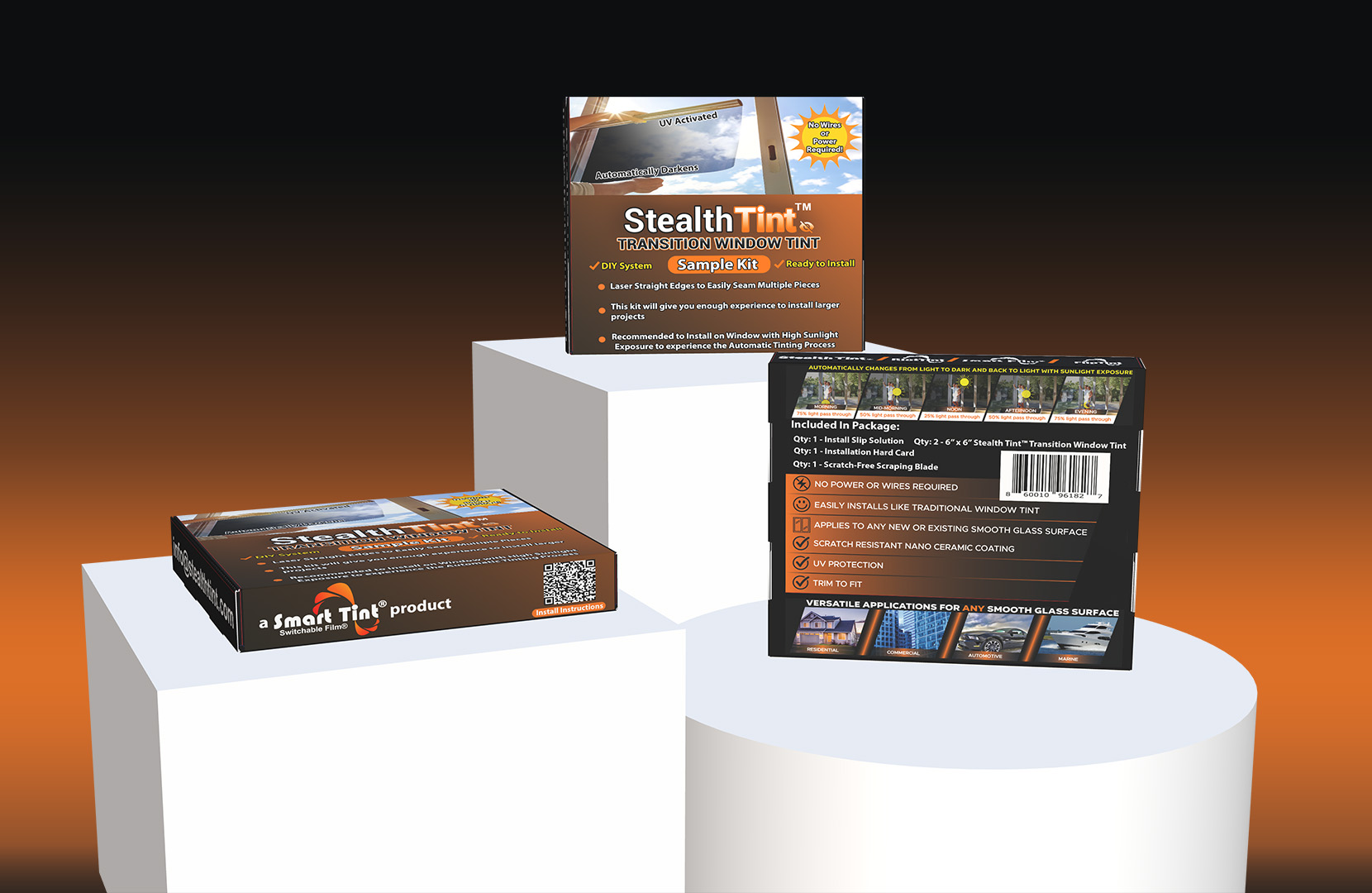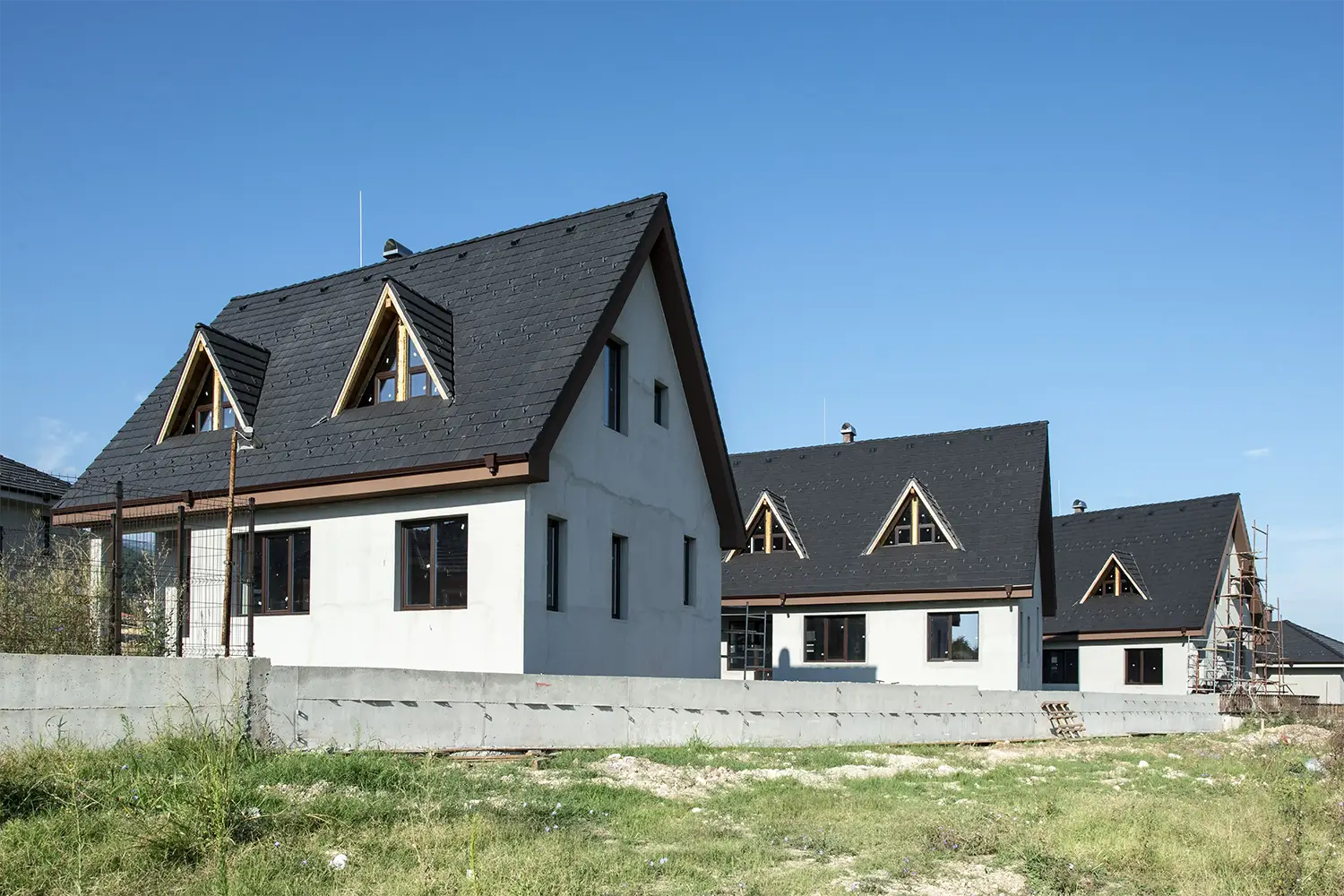Introduction to Window Tint
Window tinting is no longer a luxury, but a necessity for many car owners. It’s not just about enhancing the aesthetic appeal of your vehicle anymore, but also about protecting it and yourself from the harmful UV rays of the sun and maintaining privacy. But understanding window tint and making the right choice can be a daunting task, especially for first-time users. That’s where this comprehensive guide on understanding stealth tint percentages comes in handy.
Window tint is a thin laminate film that can be installed on the interior or exterior of glass surfaces in automobiles and buildings. It provides a myriad of benefits, including reducing heat and glare from the sun, enhancing privacy, and adding a sleek look to your vehicle or property. However, with a plethora of options available in the market, choosing the right window tint for your needs can be a confusing process.
The effectiveness and suitability of window tint largely depend on its percentage, also known as Visible Light Transmission (VLT) percentage. This guide aims to demystify the concept of window tint percentages, delving into its importance, different types of window tint, and how Stealth Tint is different from traditional window tints.
What are Window Tint Percentages?
Window tint percentages, or VLT percentages, refer to the amount of visible light that can pass through the window tint film. Simply put, it measures the darkness of the tint. A window tint with a high percentage (say, 70%) is lighter and allows more light to pass through, while a window tint with a low percentage (like 20%) is darker and permits less light.
Understanding window tint percentages is crucial when looking for a “window tint near me”. It can help you make an informed decision about which tint to choose based on your specific needs and preferences. Whether you want a dark tint for enhanced privacy or a lighter tint for better visibility, knowing the VLT percentages can guide you in the right direction.
The law also plays a significant role in determining the acceptable window tint percentages. Different states have different laws regarding window tinting, with specific restrictions on the VLT percentages for different windows of a vehicle. Hence, understanding window tint percentages can save you from potential legal hassles down the line.
Importance of Understanding Window Tint Percentages
Understanding window tint percentages is not just about complying with the law or choosing the right aesthetic appeal. It has far-reaching implications on your comfort, safety, and even health.
Firstly, the darkness of the tint impacts your visibility, especially during night-time driving. A very dark tint can reduce visibility, thereby increasing the risk of accidents. Hence, choosing a window tint with the right percentage is crucial for ensuring safe driving conditions.
Secondly, window tint percentages determine the amount of UV and infrared rays that the tint can block. High-quality window tints with suitable percentages can block up to 99% of harmful UV rays, protecting you and your vehicle’s interiors from sun damage. It also helps in maintaining the cool temperature inside the vehicle, improving your comfort level.
Lastly, understanding window tint percentages can also aid in energy efficiency. Window tints can significantly reduce the heat inside your vehicle or property, thereby reducing the need for air conditioning and saving on energy costs. Therefore, choosing the right window tint percentage is a win-win situation for your comfort, health, and pocket.
Different Types of Window Tint
There are several types of window tints available in the market, each with its unique properties and advantages. Some of the most common types include dyed window tint, metalized tint, carbon tint, ceramic tint, and crystalline tint. Each of these tints comes in different VLT percentages, offering varying levels of heat rejection, UV protection, and glare reduction.
For instance, dyed window tint is a cost-effective option that provides decent heat rejection and privacy. However, it isn’t as efficient in blocking UV rays and may fade over time. On the other hand, ceramic tint is a high-end option that offers superior UV protection and heat rejection, without interfering with electronic devices inside the vehicle.
Crystalline tint is a unique option that offers high heat rejection without reducing visibility. It’s a great choice for those who want to keep their windows virtually clear while enjoying the benefits of window tint. However, they are pricier than other options.
How Stealth Tint is Different Compared to Traditional Window Tints
Stealth Tint is a game-changer in the world of window tints. Unlike traditional tints that have a fixed VLT percentage, Stealth Tint is a photochromic tint that changes its VLT percentage based on sunlight exposure. This means Stealth Tint can change from clear (75% VLT) to dark (25% VLT) upon sunlight exposure, offering the best of both worlds.
The ability of Stealth Tint to adjust its darkness based on the sunlight level offers unparalleled convenience and comfort. On bright sunny days, it darkens to reduce glare and heat, while on cloudy days or at night, it lightens to ensure optimal visibility. This adaptability makes Stealth Tint a versatile choice for all weather conditions and times of the day.
Moreover, Stealth Tint offers superior UV protection, blocking up to 99% of harmful UV rays, irrespective of its darkness. This ensures constant protection for you and your vehicle’s interiors from sun damage, making Stealth Tint a smart investment for your health and vehicle’s longevity.
How to Choose the Right Window Tint Percentage
Choosing the right window tint percentage is a balance between your needs, preferences, and the law. Here’s how you can make the right choice:
-
Understand Your Needs: If you live in a hot region or your vehicle is exposed to the sun for extended periods, you might need a darker tint for better heat rejection. Conversely, if visibility is your top priority, a lighter tint might be more suitable.
-
Consider Legal Restrictions: Check the window tint laws in your state to know the acceptable VLT percentages for different windows of your vehicle. Non-compliance can lead to fines or even removal of the tint.
-
Test Drive: Before making a decision, it’s advisable to test drive a vehicle with the desired window tint percentage. This will give you a clear idea of the visibility and comfort level it offers.
-
Consult a Professional: A professional window tint installer can guide you on the right window tint percentage based on your specific needs, vehicle type, and local laws.
Stealth Tint® is an excellent choice for those seeking versatility, protection, and convenience. It changes from clear (75% VLT) to dark (25% VLT) upon sunlight exposure, adapting to your changing needs and conditions. So why wait? Discover the benefits of Stealth Tint and transform your driving experience today!





